Ardisia: description, types and care at home
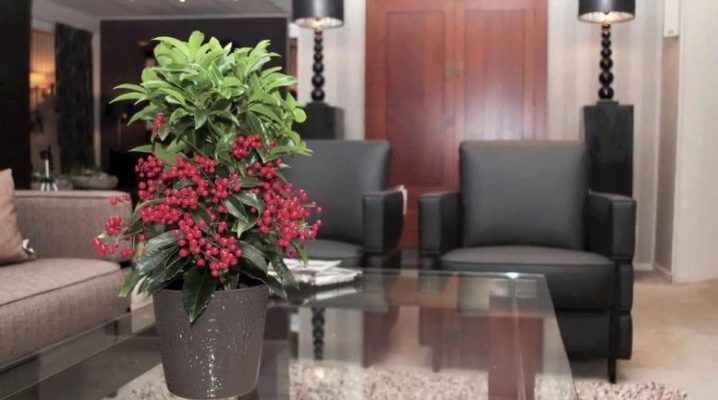
Ardisia can rightfully be called a unique indoor plant. The evergreen flower, native to the tropical and subtropical regions of East Asia, is a small shrub and has many varieties. The material of this article will tell you about what the features of the plant are, what are its varieties and conditions at home.
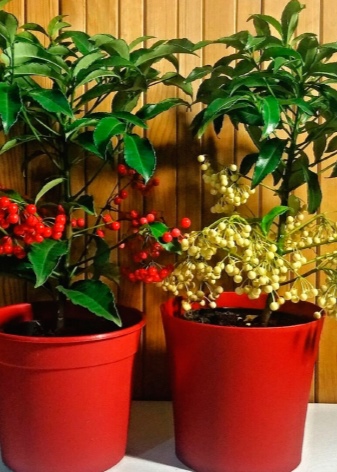
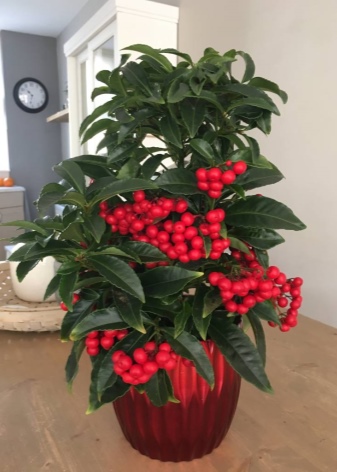
Peculiarities
The houseplant ardisia is one of the miniature single-stemmed trees. It is popularly called a coral tree, a room ashberry, a "Christmas berry" and even a necklace. Outwardly, this is a plant with dark green leaves and small reddish berries, collected in inflorescences. Despite the fact that the berries of the plant are not poisonous, they are not edible. Ardisia flowers resemble arrows, which justifies the name of the plant, which translates as "arrow".
Flowers may appear at different times of the year, depending on the variety. Moreover, their color can be not only white, but also pink.
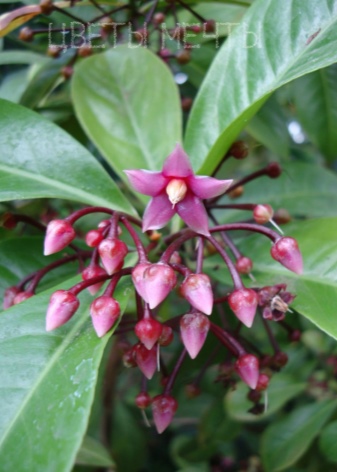
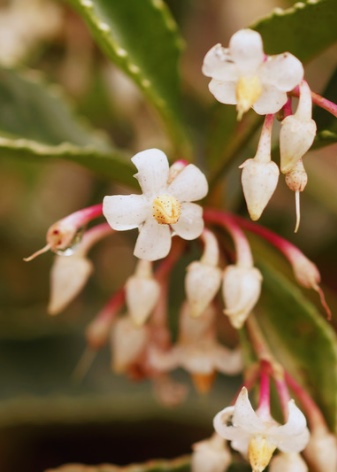
Emerging berries first have white color, however, as they develop and mature, they become pink, then reddish. In rare cases, ardisia has black berries. Each berry contains one seed, which matures over several months.
The leaves have a concave shape and a carved edge. Along the edge, you can observe small swellings, which an unenlightened man in the street often takes for a plant disease. In fact, these are bacteria that live in ardisia, helping it to extract nitrogen from the air. It is thanks to them that the flower does not dry out and is actively developing.
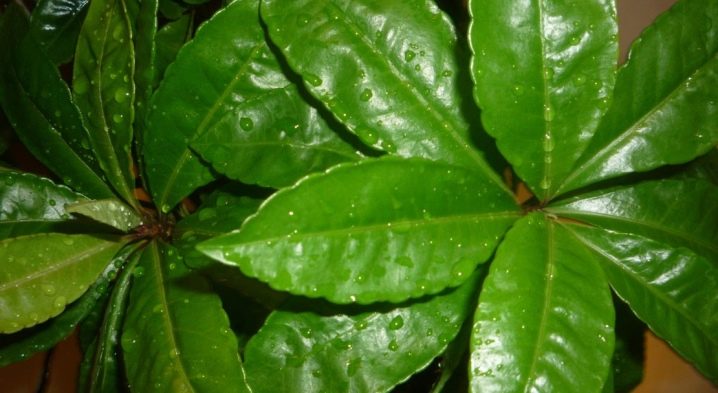
Varieties
Today, there are several varieties of a flower with berries that are popular with flower growers.
- Ardisia crispa. A small bush, not exceeding 60-80 cm in height. It is characterized by the dark green color of shiny leaf plates, their wavy edge and lush flowering. The color of ripe berries of the plant is coral red.

- Ardisia humilis. Ardisia is low, a smaller version in comparison with the previous variety (it grows up to 25 cm in height). Differs in paniculate drooping inflorescences and a pink tint of flowers. The fruits of this plant, when ripe, change color from reddish-brown to black shiny.
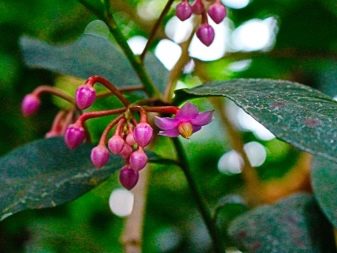

- Ardisia elliptica. An elliptical plant species cultivated as an ornamental tree. It is distinguished by a pinkish shade of flowers and a color of berries, which changes from red to a bright purple tone.
Used in medicine as an antimicrobial agent.
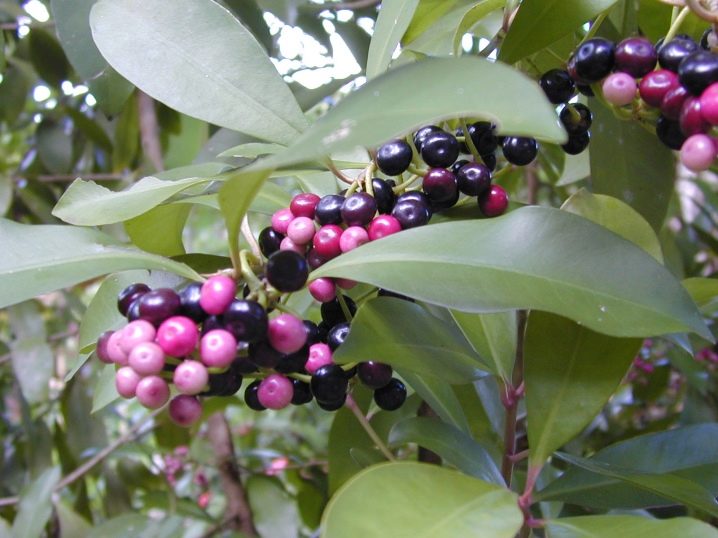
- Ardisia crenata or ardisia crenata (crenata). It is an evergreen shrub that grows up to 5 m in height. It differs from other varieties in the shape of the leaves and the location of the apical flowers, the color of which can be pink or white. When ripe, the berries acquire a bright red color.

- Ardisia solanacea. Variety with a reddish main trunk. It differs from other analogues in the narrower shape of long leaves, the color of which is light green. The berries of a plant of this species turn black when ripe.
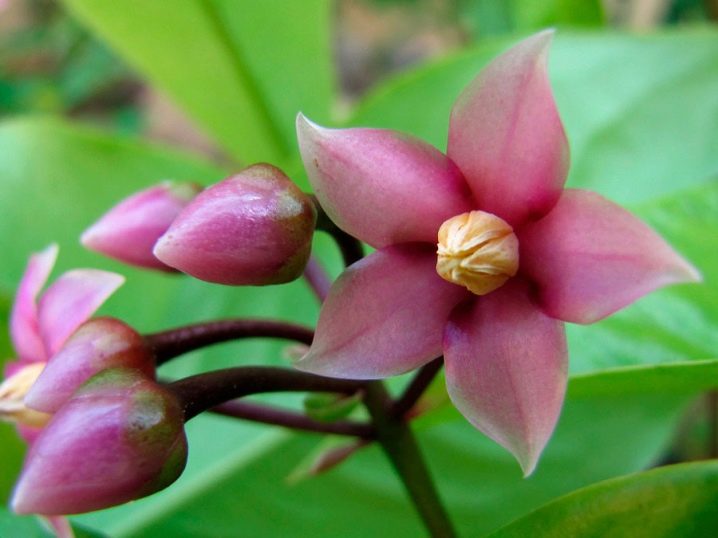
- Ardisia japonica or Japanese ardisia. It is a plant of a low-growing type, does not exceed 40 cm in height. On average, its growth is 20-30 cm. The foliage of the bush is distinguished by an oval shape with an elongated sharp end.Flowers during flowering have a beige color, ripe berries are purple-black.
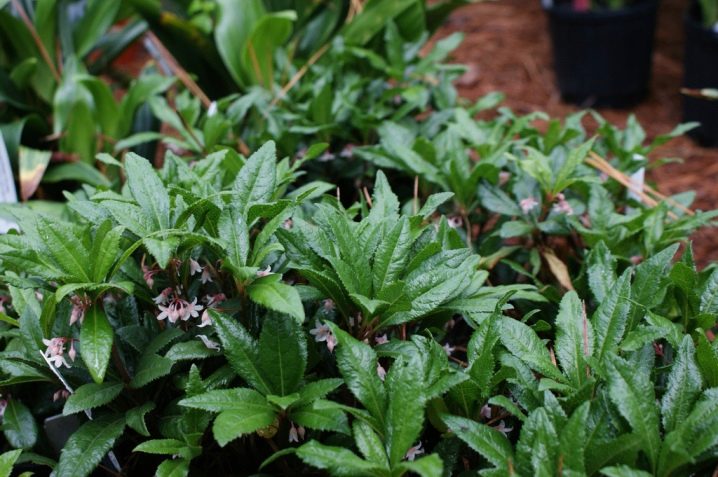
- Ardisia wallichii. Variety with an oval shape of large leaves, tapering towards the base. This species is quite rare and unique, difficult to grow, but the red color of the flowers makes it truly special. The fruits of the plant are black, they firmly adhere to the trunks, brightening from the base to the tops.
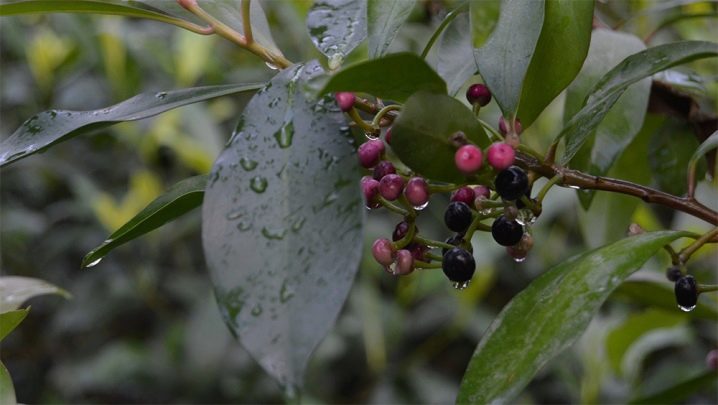
Conditions of detention
In order for a houseplant to be healthy and delight households with its beauty, it is worth taking note of the main criteria for its correct development.
Soil and container
High quality substrate Is one of the key criteria for good plant development. Ardisia grows well in medium-sized containers, at the bottom of which there is a drainage layer. She loves loose and nutritious soil - both slightly acidic and neutral pH.
To ensure the most comfortable conditions for the plant, you can buy a special peat soil in a flower shop, or you can prepare the ground yourself by adding coarse river sand to it.
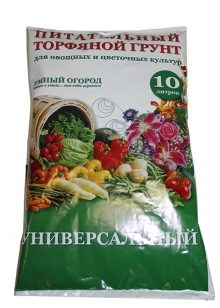
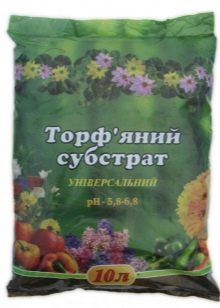
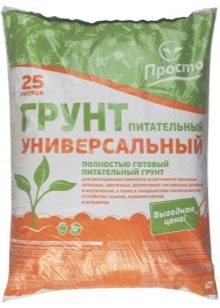
Lighting
Ardisia is demanding on lighting: she photophilous, loves bright diffused light, and therefore feels better in a bright room, the windows of which are facing east. However, at the same time, direct sunlight should not be allowed to fall on the flower.
When growing at different times of the year, it is important to consider daylight hours... For example, in winter, as in autumn, the day is shortened, and therefore it is worth considering additional illumination of the plant. To do this, you can use not only fluorescent lamps, but also varieties of phytolamps.
Temperature and humidity
The plant tolerates room temperature well. and grows when the room is warmed up to + 20-25 ° C. Under these conditions, ardisia not only grows, but also blooms. In winter, she has a state of rest, and therefore it is important that the temperature does not exceed + 15-18 ° C. The minimum temperature value that does not harm the plant is +12 degrees.
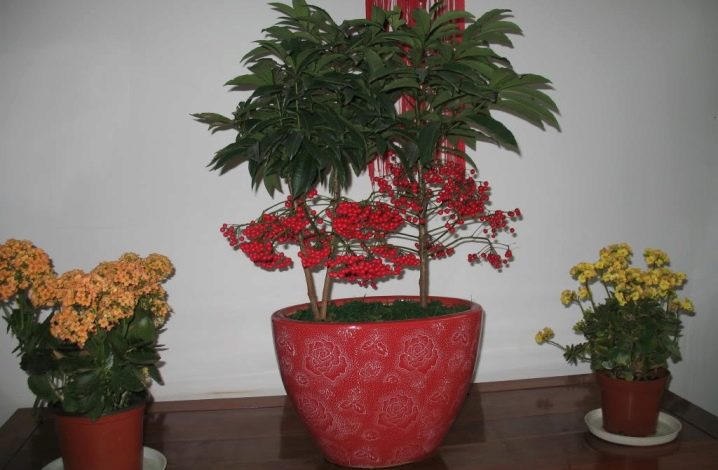
As for the humidity of the air, it is worth noting: the flower loves moisture within 50-60%, it needs it for development and growth. In this case, you can not only water the flower, but also spray its leaves with water at room temperature. When the berries begin to set, the spraying is stopped.
Lack of moisture can lead to a decrease in the total number of berries or their dropping.
How to care?
In general, the plant is considered unpretentious in care and does not require any unthinkable manipulation. However, the basic rules of care should still be taken into account.
Watering
The main rule of watering is do not overflow the flower so that the water is in the pan. If such irrigation is done regularly, it leads to the death of leaves and the death of the entire plant. In the heat, you cannot water the ardisia abundantly, you need to wait for the evening or provide morning watering. It does not harm the leaves and root system.
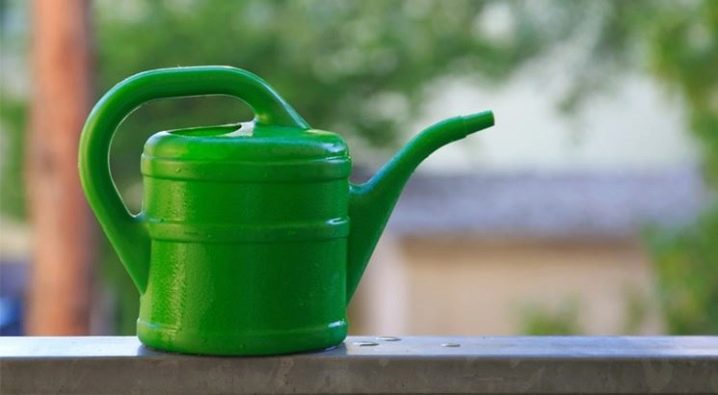
The watering regime for ardisia depends on the season. For example, in summer the plant needs more moisture, in winter it rests, so it needs to be watered, but dosed and less often. At the same time, there is no need to rush to extremes, all the more to wait for the leaves to become soft and hang: this is typical with a lack of moisture.
Cultivation
Caring for ardisia is not only about timely watering, choosing the best place and saturating it with top dressing. In addition to all this, the plant, when growing, needs to form a beautiful and lush crown. As you grow, it is important shorten branches that come out of the crown... In addition, when young shoots appear, it is necessary to get rid of weak branches, leaving only strong and healthy ones to form a beautiful tree.

Pollination
The flowers themselves cannot be pollinated, and therefore, in order for the tree to become overgrown with bright berries, the flowers pollinate on their own. To do this, use a brush or cotton swab, transferring pollen from flower to flower.If there are not one, but two Ardisia flowers in the room, there is no need for self-pollination.
Top dressing
Ardisia is fed during development and to a state of rest. For the first time this may be needed in March, the last feeding is done in September. You can use as fertilizer universal mixture for ornamental deciduous plants, which is sold in specialized stores. Despite the prevailing opinion about frequent fertilization, you should not overdo it with top dressing, because this may not affect the health of the ardisia in the best way.
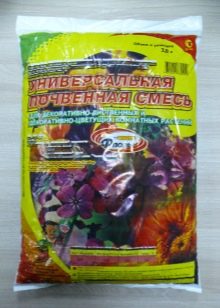
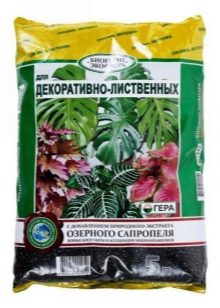
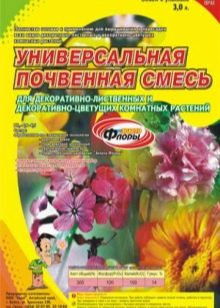
Reproduction
You can propagate ardisia in two ways: cuttings or seeds. If seeds are chosen as the basis of the technique, in January they take exceptionally mature and large fruits, remove seeds from them and plant them in a previously prepared and moistened substrate. You need to deepen the seeds by no more than 1 centimeter. If the seed is hard, you need to help it "hatch" by cutting and keeping it in a special solution with a stimulating substance.
Immediately after planting, the container must be covered with plastic wrap or transparent glass, providing a greenhouse effect. The improvised greenhouse is constantly moistened and opened for ventilation to prevent seedlings from rotting. After the emergence and strengthening of the sprouts, they are transplanted into separate pots. Moreover, for each sprout, you will need an individual container.
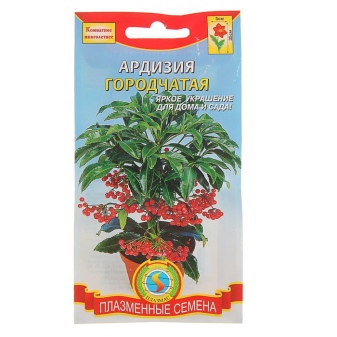
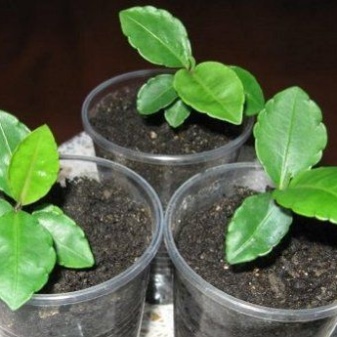
When you want to propagate ardisia by cuttings, they take the tops of the shoots and root them directly in the pots. This can be done in a bright room, planting cuttings in separate containers for further rooting.
This process will take more time in comparison with the seed propagation technique. However, pinching is not required here.
Diseases and pests
The main pests that can infect a healthy plant are aphids, scale insects and scale insects... To get rid of small insects, you must first use a cotton pad dipped in an alcohol solution. After this treatment, Ardisia is treated with insecticides.
As for diseases, the flower in rare cases can hit chlorosis... To prevent its appearance, it is necessary to feed the soil in a timely manner with the introduction of fertilizers containing iron.
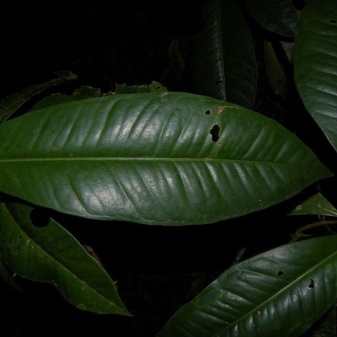

Also worth noting There are several main problems that can be encountered when growing ardisia.
- Yellow foliage can happen in two cases: if the air in the room is too dry or there is not enough nitrogen in the substrate. Here you need to spray a bush or feed a flower. In some cases, the problem is solved by transplanting to a new location.
- Fading foliage and stretching the stem up eloquently indicates that the tree does not have enough light. In the summer it can be taken out into the street, in a dark apartment you will have to make up for the lack of lighting.
- Loss of foliage there is nothing more than a signal about the wrong watering regime. It is either rare or abundant, with fluid stagnation. Once the watering is adjusted, the problem is solved.
- Darkening of the edges of the leaves indicates insufficient air humidity. You can solve the problem by using a special device for humidifying the air.
- Rolling the leaves with their simultaneous browning along the border is the result of exposure to cold or draft. This also happens at low temperatures in the room.
- The appearance of white spots on foliage is the result of sunburn. In this case, you need to remove the plant from the place where direct sunlight falls on it.
For tips from a biologist on caring for ardisia, see the video below.























The comment was sent successfully.